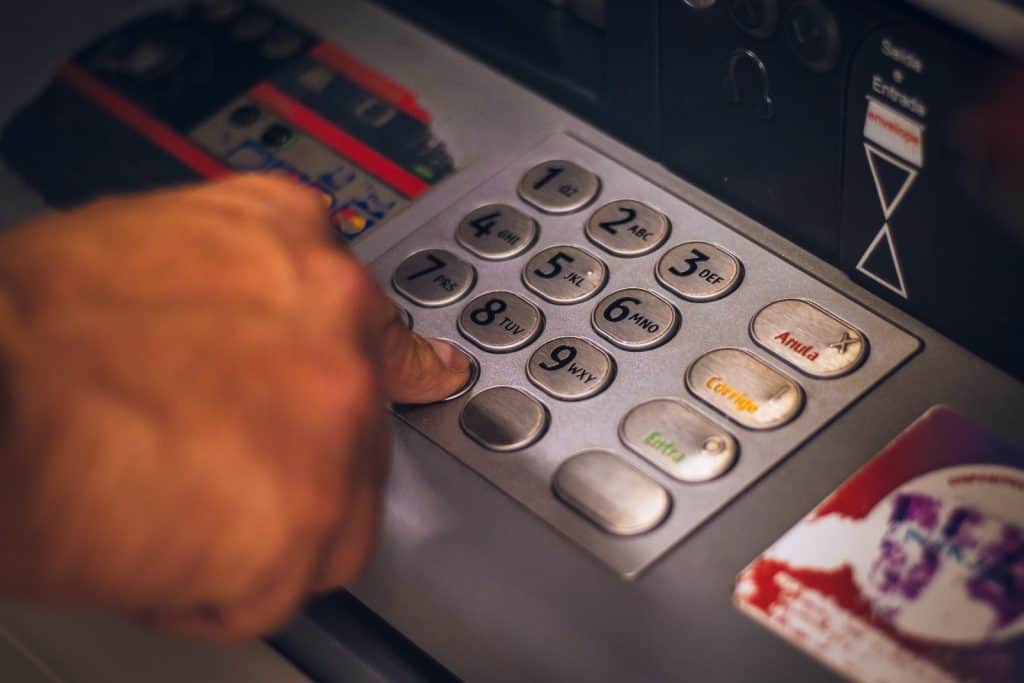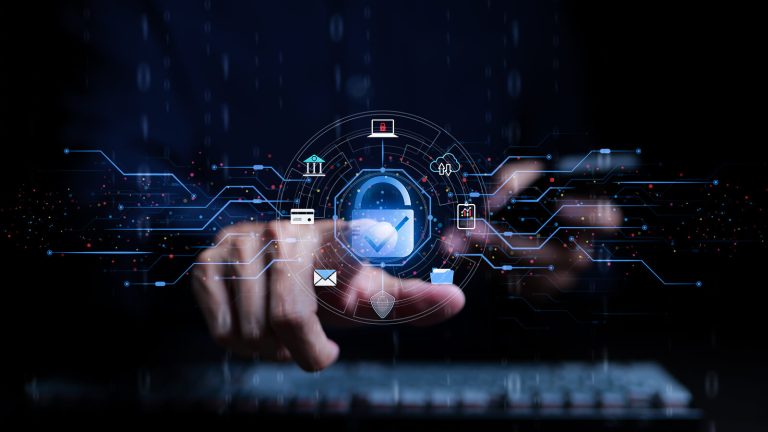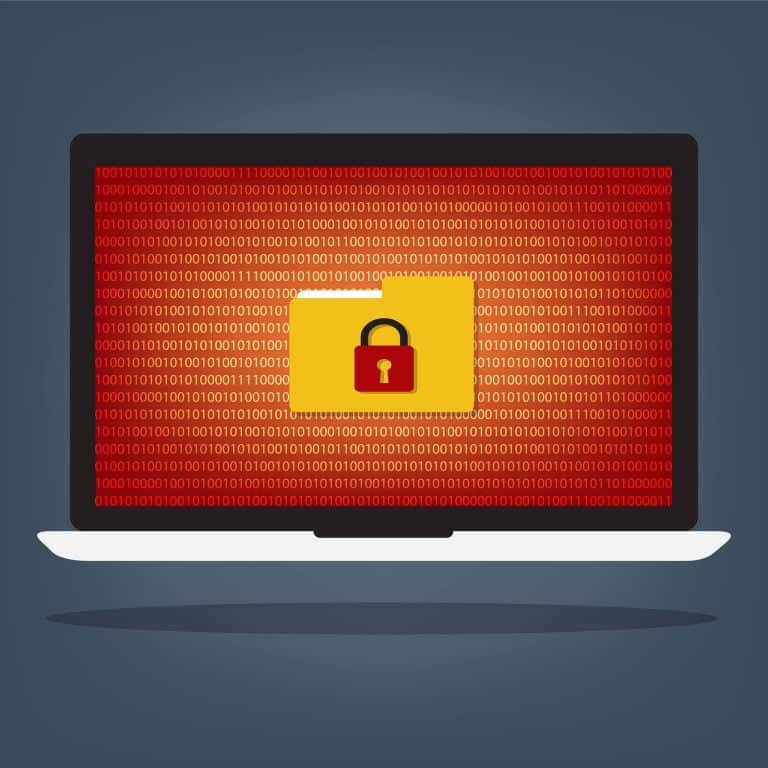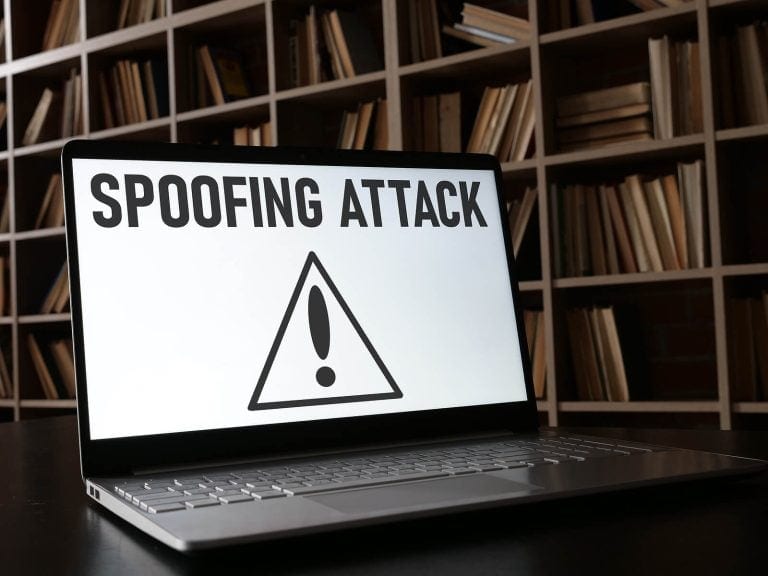Cybersecurity has become an incredibly acute issue in recent years due to the rise and evolution of cyber threats. In light of this, financial institutions have become among the primary targets for hackers due to the processing and management of sensitive financial data. Therefore, financial organizations must constantly rethink and adjust their cybersecurity strategy to prevent and mitigate possible threats. What are the top cyber threats to the bank in 2022, and how do you protect the system from them?
Table of Contents
ToggleCybersecurity in banking: an overview
Cybersecurity is a set of technologies, procedures, and methods that help protect networks and software products from malicious attacks and unauthorized access. The main goal of cybersecurity in banking is to ensure the confidentiality of information, data integrity, and access to it by authorized users only.
As people move to cashless and digital money, most transactions now take place online, giving cybercriminals a big advantage. According to Cybersecurity Ventures, global spending on cybercrime is expected to grow 15% per year and reach $10.5 trillion by 2025, up from $6 trillion in 2021. In other words, a data breach for a bank is a huge financial loss, a decline in customer confidence, and a blow to the bank’s reputation.
Cybersecurity in banking challenges
The advancement of technology leads to the development of new forms of cyber threats, but that’s not the only issue that financial institutions face in terms of cyber security. The biggest cyber challenges that most banks face these days are:
- Uninformed employees: employees who are not properly trained on the latest risks and threats are the “weak link” to breaking into the bank’s system.
- Weak security: banks that do not keep up with technological advances or do not update security on time are more susceptible to cyber threats.
- Technological development: due to the digital transformation caused by the Covid 19 pandemic, financial institutions have embraced new technologies such as cloud computing and artificial intelligence (AI), increasing the probability of cyber threats.
- Hybrid workplace: changes in work practices due to COVID-19, such as the hybrid workspace that combines office-based and remote workers, have increased the risk of threats to organizations.
Top 5 cyber threats that modern banks battle these days
Below we will focus on the main cyber threats that any financial institution should be aware of. Even though these threats are not specific to the financial industry, they are the most common forms of cyber threats and can cause great damage if not handled properly.
Ransomware
Ransomware has been a headache for organizations worldwide for many years, and it doesn’t seem to be going away anytime soon. According to Statista, in 2021, the average ransomware payment increased 82% over the last year to $570,000.
Ransomware is a type of malware that is designed to deny a user or organization access to files on their computer. Cybercriminals encrypt files and demand a ransom to decrypt them, putting banks in a position where paying a ransom is a more accessible and cheaper way to regain access to files.
The time it takes to recover an organization’s data depends on the extent of the damage, the effectiveness of the organization’s disaster recovery plan, and the response time to an attack. Without good backups and disaster recovery plans, organizations can remain offline for days at a time, which is a severe revenue-impacting event.
Supply chain attacks
A supply chain attack damages an organization through a trusted relationship with an external party (software vendor or developer). Attacks on the software supply chain target less secure elements of the supply chain. It could be anything from the software vendor’s code base to its customer’s network to actual equipment. The goal of the attack is the same – to wreak havoc, demand ransom, or compromise protected accounts, but the path is more convoluted (and harder to detect). Here are some types of supply chain attacks to be on the lookout for:
- Stolen code-signing certificates or malicious applications using the developer’s identifier.
- Specialized code loaded into hardware or software components.
- Malware installed on devices (cameras, USB, phones, etc.)
A supply chain attack allows cybercriminals to bypass security controls by creating pathways to sensitive resources through a third-party target provider. And because third-party vendors store sensitive data about all of their customers, a single hack can affect hundreds of financial organizations.
Phishing
According to the Proofpoint State of the Phish Report 2021, more than 80% of organizations fell victim to phishing attacks. A phishing attack aims to steal personal or business information used to conduct financial transactions by a fraudster. Phishing involves sending an email that is disguised as a message from a bank or a financial transaction company. After clicking on a malicious link, malware is installed on a device and your personal information becomes available to the criminal.
Cybercriminals continue to hone their skills in conducting phishing attacks and creating new types of phishing scams. Some common types of phishing attacks include:
- Email phishing;
- Whale phishing: attacks that target senior company executives;
- Smishing: attacks that use cell phones as an attack platform;
- Angler phishing: attacks are targeting social network users and others.
Since phishing emails are increasingly challenging to detect, they are one of the most effective vectors of cybercrime attacks in the financial industry.
Distributed Denial-of-Service (DDoS) attacks
Distributed Denial-of-Service (DDoS), is a type of attack that disrupts normal server or network traffic and affects an organization’s website download speed performance. Unlike other types of cyber attacks, a DDoS attack does not compromise company data security. Rather, a DDoS attack aims to make your website and servers inaccessible to legitimate users and to use the attack as a disguise for other malicious activities.
A good example is driving in traffic: you are driving on the highway, and more and more cars are pulling into the road. Eventually, traffic slows down. This is exactly how a DDoS attack works. Cybercriminals flood the network with so much traffic that it can’t work or exchange data normally. Here are a few more symptoms of a DDoS attack:
- Extremely low network performance;
- Inability to access the website;
- Internet connection down;
- Long denial of access to the network or any Internet services.
According to NETSCOUT, cybercriminals carried out about 4.4 million denial-of-service (DDoS) attacks in 2021, causing significant financial losses for banks.
Bank Drops
“Bank-drops” are fake bank accounts opened using stolen customer credentials, where criminals store stolen funds. Fraudsters gain access to the user’s personal and business data on the Dark Web. If you haven’t heard about this place, the Dark Web is content that is not indexed by search engines and requires special software to access where people sell illegal goods/services by paying with anonymous cryptocurrency.
Fraudsters use stolen credentials or “fullz” to open an account and order a card for it. The account must appear as legitimate as possible to keep the fraudster’s activity off the radar of the bank and authorities. Then fraudsters use someone else’s account to transfer misappropriated funds or cash out money.
How to defend against cyber banking threats
The growing risk of cyberattacks and their potential impact on banks is a major concern for financial institutions and governments. Without well-planned and implemented cybersecurity measures, companies and sensitive customer data are at risk of being compromised in the event of a successful cyberattack as threats evolve and change faster than organizations can keep up. Here’s a list of specific actions banks can take to better defend against cyberattacks:
- Employ multi-factor authentication (MFA): a multi-factor authentication can make security breaches much more complicated and prevent personal credentials from being compromised.
- Use official software: research and invest in a firewall, anti-virus software, anti-malware software, and hardware defense to create a reliable infrastructure against cyber criminals.
- Encrypt data: with proper encryption using a strong and secure encryption algorithm, data will not be available without the appropriate encryption keys in the event of a critical security breach.
- Disaster recovery plan: having a well-designed and implemented disaster recovery plan helps avoid data loss and minimize business downtime in the event of a breach.
- Conduct regular cyber risk assessments: a security system is only as good as it works, so update and patch your software regularly to make sure you’re properly protected.
Cybersecurity in banking is something that cannot be compromised. While there is no one-size-fits-all cybersecurity strategy, a security control approach based on continuous analysis and security changes can prepare financial institutions to deal with emerging threats.




